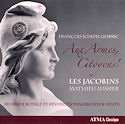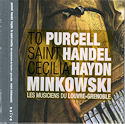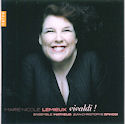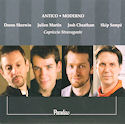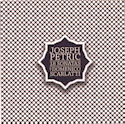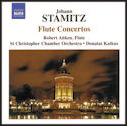Mendelssohn - Piano Trios - Emanuel Ax; Yo-Yo Ma; Itzhak Perlman
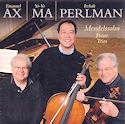 Mendelssohn - Piano Trios
Mendelssohn - Piano Trios
Emanuel Ax; Yo-Yo Ma; Itzhak Perlman
Sony Music 88697 52192 2
Menahem Pressler, the pianist who for more than half a century was the driving force behind the Beaux Arts Trio, is inclined to take a jaundiced view of piano trios cobbled together on a temporary, ad-hoc basis. “Three fine fellows do not make a trio!” he pointedly remarked.
Yet when the “three fine fellows” happen to be Itzhak Perlman, Yo-Yo Ma and Emmanuel Ax, Pressler’s concerns may be set aside. Although this group hadn’t played in public before last year and has given only handful of concerts, their collective interpretation is decisive and secure, banishing any hint of the wimpy playing that sometimes finds its way into Mendelssohn performances.
The two Mendelssohn trios on this disc are paired on countless recordings – but they’ve probably never been played or recorded better than they have here. From the outset of the D Minor Trio, the group’s playing is taut, nuanced and intricately interwoven. The dramatic first movement is nicely contrasted with the introspective second. The third movement is all coyness and charm; and the last movement is effervescent, with muscular outbursts.
Perhaps the group might have taken the opening movement of the C Minor Trio a little faster – but the tempo they chose provides some breathing room for the expressive range of this movement: the sotto voce string passages, and surprising outbursts from the piano. The second movement is all sweetness; and the third scampers lightly, as a Mendelssohnian scherzo should. The finale does not lack grandness, but there’s a spring to the rhythm that propels the music forward.
I’m reminded of one other thing Pressler has said about piano trios: the heart of the ensemble is the piano. Violinists and cellists may not like this proposal – but it’s well borne out on this recording, which is solidly founded on Ax’s superb playing.


